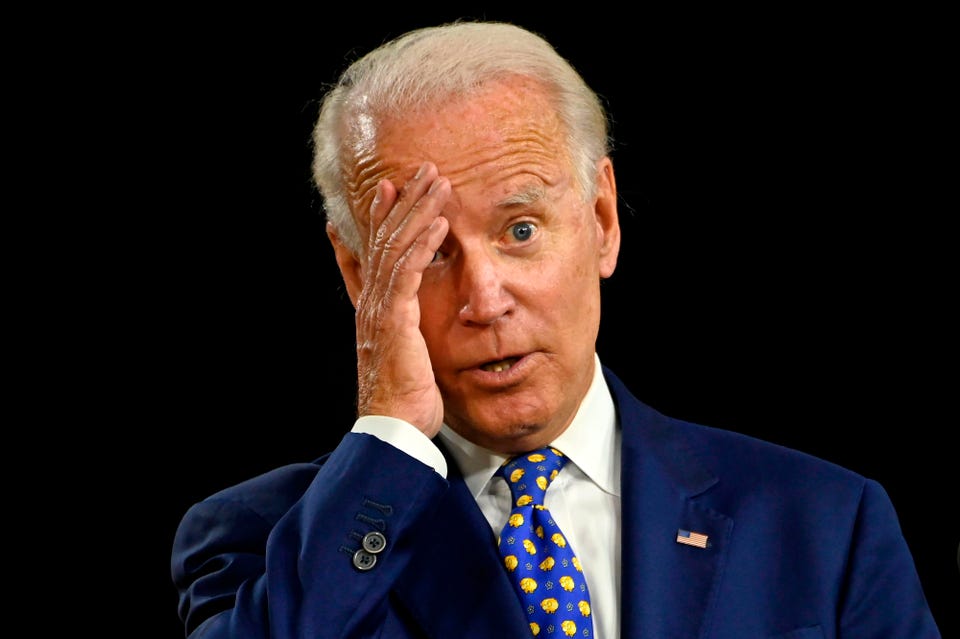As U. S. Treasury yields edge upward toward 5%, Asia is experiencing more than a touch of PTSD.
The post-traumatic stress disorder experience in question is the region’s 1997-1998 financial crisis, one precipitated by a surging dollar. That episode, like today’s, came amidst aggressive Federal Reserve tightening. The resulting surge in U.
S. Treasury yields shook Asia to its core. Over time, currency pegs to the dollar became impossible to defend.
First, Thailand let the peg break. Then Indonesia, followed by South Korea. Malaysia, too, was pushed to the economic brink.
Today, the Jerome Powell Fed is jacking up interest rates with similar force as the Alan Greenspan Fed nearly 30 years ago. That’s pushed 10-year U. S.
Treasury yields to 4. 1% . With inflation running twice that and the U.
S. national debt above $31 trillion, can 5% yields really be far off? As the market approaches that threshold, Asia has a roughly $3. 5 trillion problem on its hands.
That’s how much worth of U. S. Treasuries on which Asia’s central banks are sitting.
Japan and China hold roughly $1 trillion each, with another $1. 5 trillion-plus spread across Hong Kong, India, the Philippines, Singapore, South Korea, Taiwan and elsewhere. Ten-year U.
S. yields would slam Asia in four ways. One, the ginormous fiscal losses as surging yields leave Asian governments with epic losses.
Two, sharply higher rates are a disaster for Asia’s export-driven economies. Three, confidence would be collateral damage as investors flee. Four, the fallout from a major pivot away from the dollar by Asian central banks.
This last risk has been on investors’ minds since the 2008 Lehman Brothers crisis. In 2009, then-Chinese Premier Wen Jiabao said Beijing was “concerned about the safety of our assets” and urged the U. S.
“to honor its words, stay a credible nation and ensure the safety of Chinese assets. ” Two years later, in 2011, S&P Global Ratings made Wen’s point when it revoked Washington’s AAA status. The question now, as inflation explodes, debt surges and U.
S. political polarization deepens, is whether President Joe Biden faces history’s biggest margin call. There’s an argument, of course, that Asia is trapped.
Any move to reduce its exposure to U. S. debt would almost certainly panic world markets.
The turbulence would boomerang back Asia’s way with great ferocity. Even so, the late 1990s-like risk hovering over Asian markets could increase in intensity. The odds are increasing that the team Fed Chairman Powell leads will continue hiking rates in the months ahead.
As that tightening from the West upends Asia’s year, China is doing more than its part to generate headwinds closer to home. The Covid-Zero strategy that Chinese leader Xi Jinping can’t seem to quit has already pushed growth in Asia’s biggest economy to 30-year lows. There are now fresh concerns that the third term Xi just secured might be rough on Chinese gross domestic product.
Xi is surrounding himself with loyalists who may prioritize security over economic growth and structural reform. Asian central banks also are generally stepping away from the excess stimulus of recent years. That likely means additional headwinds from the East.
That’s particularly so as inflation rates perk up from the U. S. to Seoul.
The Fed, meantime, is edging toward yet another 75 basis point tightening move next week. Economists also will closely scrutinize how Fed officials explain their actions and any hints they might drop about where things are heading. “Their language on this issue will be very important with any softening in their tone likely boosting stocks and bonds and hurting the dollar or more hawkish language having the opposite effects,” says strategist David Kelly at JPMorgan Asset Management.
In general, says economist Padraic Garvey at ING Bank, there are few convincing signs U. S. activity is cooling down to deter the Fed.
“This latest move convincingly back above 4% for the U. S. 10-year is yet more confirmation that the low-rates environment is very much behind us,” Garvey says.
“It seems the only way is up for market rates. ” All this is leaving Japan in a bad way. The yen’s nearly 30% decline this year is a mini-crisis for Tokyo.
As the Fed ratchets rates higher, Japan’s multi-decade strategy to boost exports via exchange rates is going awry. The yen at 32-year lows had Japan importing surging inflation faster than the economy can handle. A year ago, Tokyo was grappling with deflationary pressures.
Today, consumer prices are rising at a 3% annual rate. The risk is that the Bank of Japan acts to boost the yen . If it entails big changes in BOJ asset purchases, global markets might quake.
This is one of New York University economist Nouriel Roubini’s biggest worries about the global financial system this year. A sliding Chinese yuan is its own risk. Since Xi secured a norm-busting third term as leader over the weekend, the yuan weakened toward 7.
3 to the dollar . Along with raising Chinese inflation risks, a weaker exchange rate increases the odds that property developers might default on dollar-denominated debt. The weaker yen and yuan may be inevitable as U.
S. yields head toward 5%. And change everything investors thought they knew about the global economy heading toward 2023.
.
From: forbes
URL: https://www.forbes.com/sites/williampesek/2022/10/26/bidens-asian-bankers-mull-35-trillion-margin-call/



